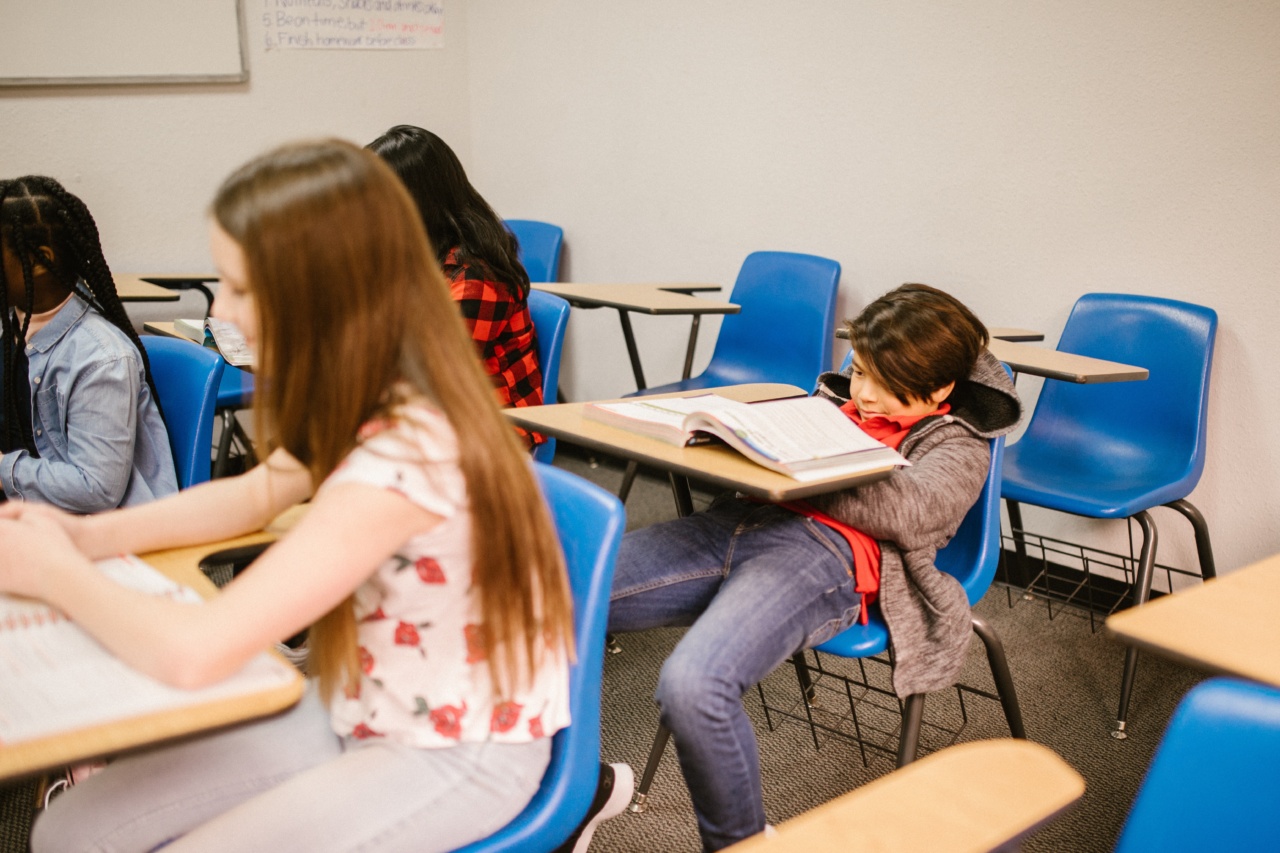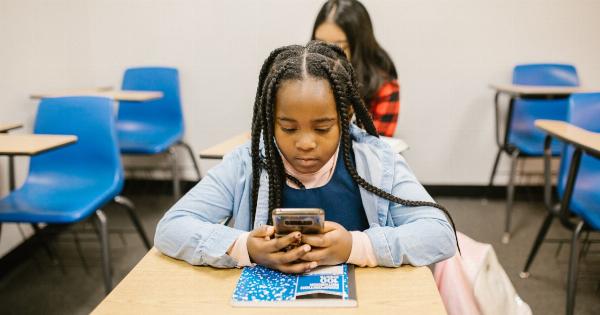Bullying is a persistent issue that affects children of all backgrounds and abilities. However, children with learning disabilities often face a unique set of challenges when it comes to bullying.
This article explores the double burden experienced by children with learning disabilities and those without, as well as the implications and potential solutions for preventing and addressing bullying in these contexts.
Understanding Learning Disabilities
Learning disabilities refer to a range of neurodevelopmental disorders that affect how individuals process information. These disabilities can impact a person’s ability to read, write, listen, speak, reason, or perform mathematical calculations.
Learning disabilities are not indicative of a child’s intelligence, but rather reflect differences in their brains’ wiring patterns.
The Prevalence of Bullying
Bullying is a widespread problem that affects millions of children worldwide. Research suggests that children with learning disabilities are at a higher risk of being bullied compared to their typically developing peers.
This may be attributed to various factors, including the distinctive characteristics and vulnerabilities associated with learning disabilities.
Double the Burden
Children with learning disabilities often experience a double burden when it comes to bullying.
They not only encounter the same types of bullying as their peers without disabilities but may also face additional forms of mistreatment grounded in their learning differences. The unique challenges faced by these children contribute to an amplified impact on their overall well-being.
Types of Bullying Experienced
Children with learning disabilities may experience various forms of bullying, including:.
- Verbal Bullying: This involves taunting, name-calling, and demeaning remarks targeting a child’s learning difficulties.
- Physical Bullying: Children with learning disabilities may be subjected to physical aggression and harm from their peers.
- Social Bullying: Exclusion, isolation, and rejection are common experiences for children with learning disabilities, as they may struggle to fit in socially.
- Cyberbullying: The rise of technology has expanded the realm of bullying to online platforms. Children with learning disabilities may encounter cyberbullying through social media, messaging apps, or online forums.
The Negative Effects of Bullying on Children with Learning Disabilities
Bullying has significant detrimental effects on the mental health and overall well-being of children with learning disabilities. These effects may include:.
- Increased Anxiety and Depression: Bullying can lead to heightened levels of anxiety and depression, impacting the child’s emotional stability.
- Academic Decline: The stress caused by bullying can interfere with a child’s ability to concentrate and perform well academically.
- Social Withdrawal: Bullying experiences can cause children with learning disabilities to isolate themselves and withdraw from social interactions, leading to feelings of loneliness and low self-esteem.
- Long-term Trauma: Unresolved bullying experiences can result in long-lasting emotional trauma, which may affect a child’s future relationships and mental health.
Addressing Bullying for Children with Learning Disabilities
To combat bullying and create inclusive environments for children with learning disabilities, several strategies can be employed:.
- Educational Programs: Schools should implement comprehensive educational programs that promote tolerance, empathy, and understanding of learning differences.
- Supportive Peer Networks: Encouraging the formation of supportive peer networks can help children with learning disabilities feel more socially accepted and protected.
- Involvement of Parents and Guardians: Establishing open lines of communication between schools, parents, and guardians can ensure that bullying incidents are promptly addressed.
- Individualized Support: Providing individualized support and accommodations to children with learning disabilities can increase their confidence and reduce the likelihood of being targeted.
- Empowering Children: Empowering children with learning disabilities through therapies, mentoring programs, and self-advocacy skills can enhance their resilience and ability to cope with bullying.
Conclusion
Bullying is a serious concern for children with learning disabilities and those without. However, children with learning disabilities often face a double burden due to the unique challenges associated with their disabilities.
It is crucial to raise awareness, promote education, and implement supportive strategies to address and prevent bullying in both contexts. By fostering inclusive environments and empowering children, we can create brighter, safer futures for all children, irrespective of their abilities.




























